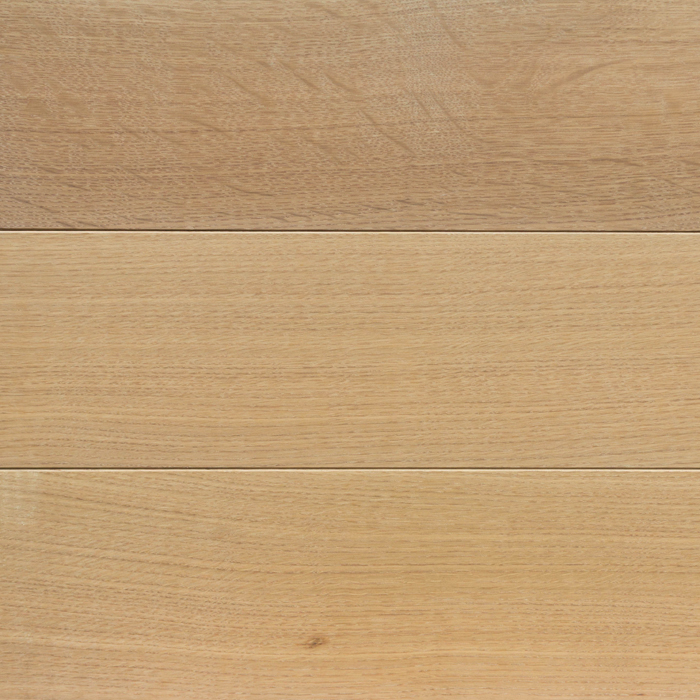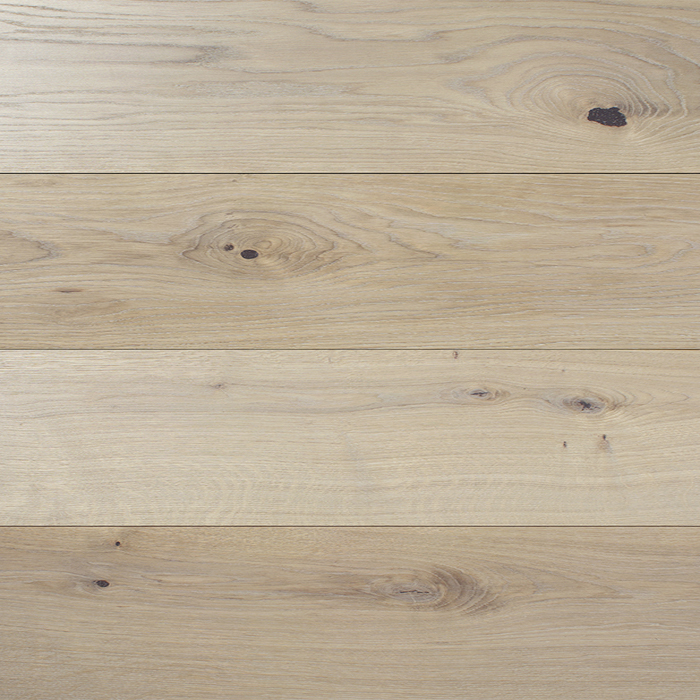
White Oak tongue and groove is a popular choice when it comes to creating a beautiful and durable flooring surface. Whether you're looking for a traditional wood floor or a more modern look, this type of hardwood can provide the perfect balance. With its natural grain, it’s an ideal choice for a rustic-style home, but it can also be used in contemporary spaces.
When it comes to installing white oak tongue and groove, there are a few tips that can help make the process go smoothly. Here are a few tips to keep in mind when working with this type of flooring.
Prepare the Subfloor
The first step to installing white oak tongue and groove is to prepare the subfloor. This means making sure that it is level and free of any bumps or unevenness. It is also important to make sure that there is no moisture present. Moisture can cause the wood to warp and create an uneven surface. If the subfloor is not level, use a self-leveling compound to make sure that it is even and smooth before proceeding.
Acclimate the Wood
Once the subfloor is ready, the white oak tongue and groove should be allowed to acclimate to the room in which it will be installed. This means that the wood should be left in the room for at least 48 hours before installation begins. This allows the wood to adjust to the temperature and humidity levels of the room, which will help to reduce any potential issues with warping or shrinking after installation.
Choose the Right Adhesive
Choosing the right adhesive is an important part of installing white oak tongue and groove. There are several different types of adhesives that can be used, including water-based, solvent-based, and latex-based. Each type of adhesive has its own benefits and drawbacks, so it’s important to choose the one that will work best for the job. In general, water-based adhesives are the best choice for this type of flooring, as they are easy to clean up and provide a secure bond.
Lay the Pieces
Once the adhesive has been chosen, the next step is to lay the pieces of white oak tongue and groove. It’s important to start at the farthest wall and work your way towards the doorway. This will ensure that the pieces are laid in the right direction and that there is no gap between the pieces. As you lay each piece, use a rubber mallet to ensure that the tongue and groove are securely locked together. When you reach the doorway, be sure to use a jamb saw to cut the pieces to fit.
Finish the Installation
Once all of the pieces have been laid, the last step is to finish the installation. You can use a flooring roller or a hand roller to ensure that the pieces are securely locked together. It’s also a good idea to use a flooring sealer to protect the wood and ensure that it lasts for many years to come. Once the sealer has been applied, you can enjoy your beautiful new floor.
Installing white oak tongue and groove can be a rewarding experience that can transform the look of any room. With a few tips and the right materials, you can create a beautiful and durable flooring surface that will last for many years to come.
Images Related to White Oak Tongue And Groove:
Discount 1 1/2" x 3/4" White Oak #1 Common Unfinished Solid by Hurst Hardwoods | Hurst Hardwoods

NEW LINDENWALD: White Oak - reSAWN TIMBER co.

DOSH: European White Oak - reSAWN TIMBER co.
